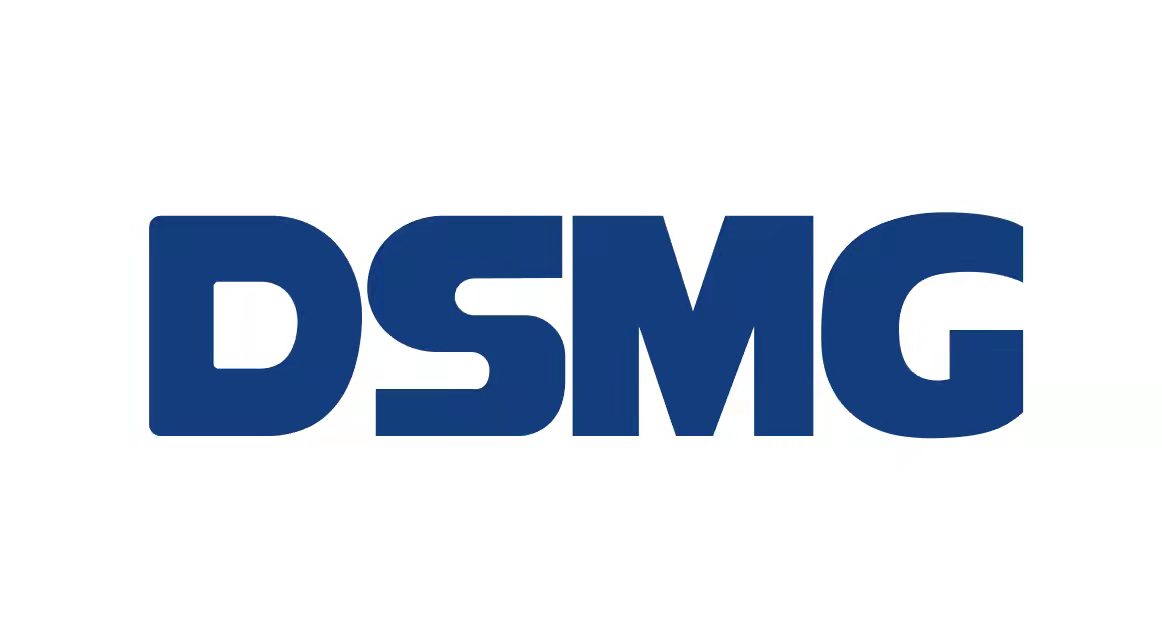Performance Optimization and Maintenance Guide for Shot Blasting Wheels
The shot blasting wheel is the heart of any shot blasting machine, playing a critical role in ensuring proper operation and efficiency. To achieve optimal performance, the wheel must be correctly adjusted and regularly maintained. However, the efficiency of the shot blasting wheel is influenced by several factors, including:
- The abrasive mix being used
- The size of the abrasive particles
- The velocity at which abrasives leave the wheel
- The quantity of abrasives projected
- The direction of the abrasives
- The condition of the feeding components (such as the feed spout, impeller, blasting wheel body, and blades)
Using the Ammeter as a Performance Indicator
The amount of abrasive projected by the shot blasting wheel is controlled using an ammeter, which measures the load on the drive motor. As more abrasive passes through the wheel, the ammeter reading increases.
The ammeter displays the current load of the motor. During blasting, it should show that the motor is operating at its full capacity for maximum efficiency. If the ammeter reading is lower than full load, adjustments may be necessary.
The difference between the idle amperage and the full load amperage equals 100. Shot blasting wheels are designed to operate at full load amperage. For the highest possible abrasive flow through the wheel, refer to the amperage specified on the motor data tag attached to the motor housing. Adjust the abrasive gate accordingly.
Common Issues with Low Amperage Readings and Solutions
Issue One: Abrasive Starved Wheel
The wheel does not pull full amperage because it is not receiving enough abrasive.
Solutions:
- Verify that the abrasive supply in the storage hopper is sufficient.
- Inspect the abrasive conveying system to ensure it is operating correctly and delivering abrasive as expected.
- Check the feed spout and feed piping for any obstructions that may have passed through the separator and are blocking the abrasive flow to the wheel.
- Inspect the elevator to ensure it is providing an adequate abrasive supply. Look for signs of belt slippage or worn/missing buckets.
Issue Two: Overloaded or Choked Wheel
This occurs when abrasive is fed to the wheel at an excessive rate, causing the feed spout to become clogged with abrasive.
Solutions:
- Adjust the abrasive flow gate to limit the amount of abrasive released to the wheel. Before repositioning the abrasive stopgate, ensure the wheel is cleared of any accumulated abrasive.
- Regularly inspect the impeller, impeller case, and vanes to ensure they are in good condition. A worn impeller or foreign material in the impeller case can reduce its ability to feed abrasive, potentially causing the feed spout to choke.
If the belts driving the wheel are not properly tensioned, they may slip, leading to an overloaded wheel condition. Without proper rotation speed, the wheel and impeller will struggle to handle the abrasive fed to them, preventing it from being efficiently transferred to the blades.
 中文版
中文版